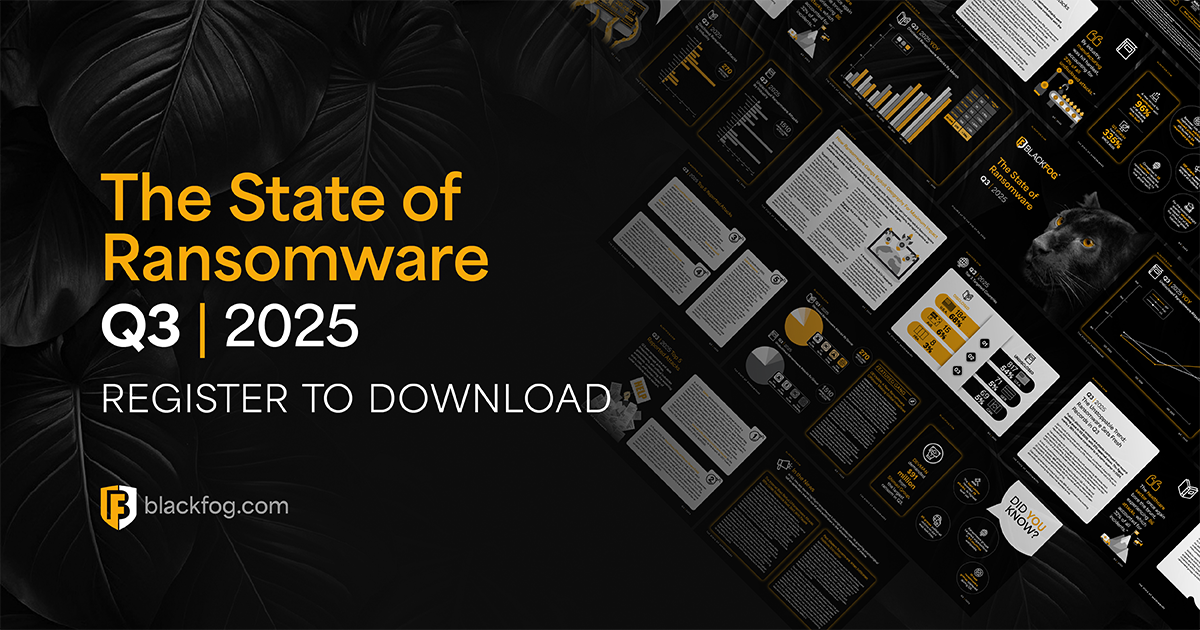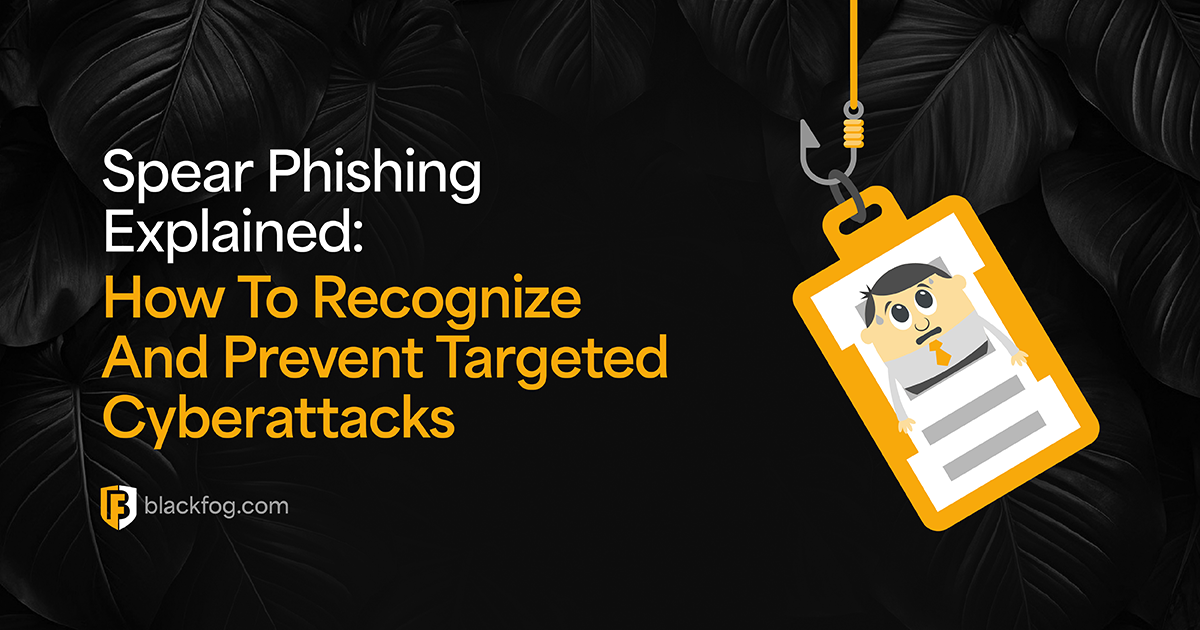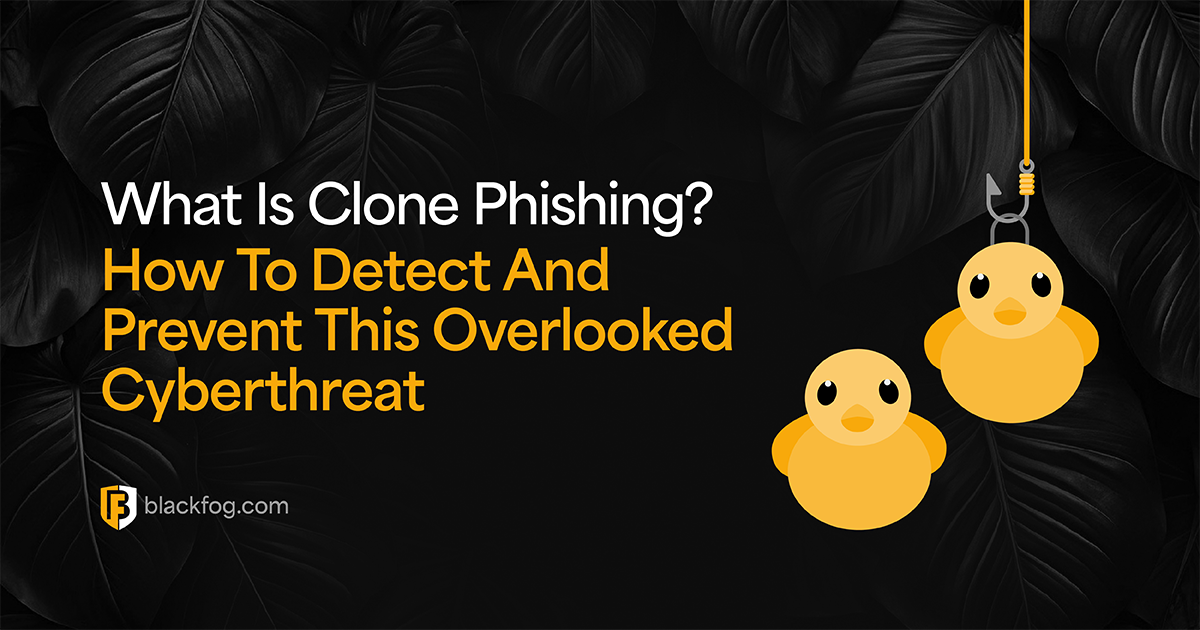
Data security is one of the most important concerns for any organization to ensure customer data, trade secrets and commercial data doesn’t fall into the wrong hands.
Ransomware is a complex, high-profile threat for today’s organizations, but it’s not the only one.
Insider threats, compromised business accounts, and other types of malicious activity can be more problematic. Detecting intruding malware is much easier than following the activities of legitimate user accounts under malicious control.
Each of these threats are different but they all lead to a similar result. Hackers exfiltrate data, hold it to ransom, sell it on an underground marketplace, or use it as part of an extortion attempt. In fact, a growing number of cybercriminals are choosing to do all three.
The one thing all of these highly damaging attacks have in common is that they rely on an organizations data. Data security is a critical component of any cybersecurity strategy.
It’s easy for cybersecurity professionals to lose focus on the value of the data they’re protecting. Network architecture and IT systems infrastructure are doubtlessly important – but they’re generally not the targets cybercriminals spend most of their time and money on. That distinction goes to your organization’s data, and the more confidential and sensitive in nature, the better.
Data: An Organization’s Most Valuable Asset
Today’s organizations rely on data for critical insight into their activities and their results. Digital transformation has turned data into an asset that generates as much value as revenue, profitability, or the customer experience.
Customers, partners, and users are entrusting more data to the companies they purchase from than ever before. The average enterprise has to collect data on customers, vendors, stores, logistics, products, processes, and people just to function. That means deploying a database filled with names, addresses, financial information and other unique identifying information. It is no wonder that data security has a renewed focus from most CIO’s.
Organizations use that data to improve the customer experience, attract new investors and boost profitability. Now competitors can do the same, as new illicit marketplaces dedicated to selling the competitions data have surfaced.
Customers, partners, and investors share their data with the expectation that organizations will do everything in their power to protect it. Cybercriminals who break into corporate networks and steal users’ data can monetize that trust by threatening to reveal sensitive data to outsiders. They can even go directly to the victims whose records they breached and extort them.
Successfully protecting that data requires a multi-layered cybersecurity posture which must include both detection and prevention-based solutions in order to keep sensitive data out of the hands of cybercriminals.

Incident Detection and Response is a Demanding Task
When an active cyberattack is underway, it rarely announces itself with a huge visible critical indicator. Alarms generally don’t go off, and there are no sirens.
In most cases an active cyberattack looks more like a string of unusual mistakes. It could start with an unexpected connection to a foreign server. There might not be anything suspicious about the connection itself – other than the fact that nobody on the IT team can explain it.
An investigation into the incident needs to happen before it can be qualified as a real threat. This is achievable if the organization has trained and equipped a team of cybersecurity analysts who can afford to take the necessary time. Incident response investigations are complex undertakings that don’t always produce results immediately.
The obvious risk is that the organization suffers a full-scale cyberattack before it has time to conduct or conclude its investigation. If a ransomware payload triggers before the team has had time to formulate a coherent response, they may not be able to isolate the impacted systems fast enough to resist the attack.
At the same time, a rushed investigation may not produce the required insights. Cybersecurity analysts must be empowered to take time qualifying suspicious activities so they can be linked together into a coherent story.
This is why detection-based solutions must complement a robust prevention-based security strategy. Cybersecurity teams need to conduct investigations without the additional pressure of knowing that an attack could successfully trigger at any moment. Prevention technologies like anti-data exfiltration (ADX) make this possible.

Stop Cyberattacks Automatically with Anti Data Exfiltration Technology
Anti-data exfiltration is an important data security technology that effectively denies cybercriminals the ability to remove data from your network, severely impacting their ability to carry out many different kinds of cyberattacks, including ransomware.
As a prevention-based technology, anti data exfiltration protection provides data security to all users and entities on or off the network. Using behavioral based machine learning it is able to detect when unauthorized data is leaving the network or when invalid requests are identified. This puts a hard barrier on any sensitive data exfiltration attempt, effectively mitigating the attack in real time.
With the attack safely blocked, analysts can conduct their investigation at their own pace as the immediate threat of impending cyberattack has been addressed. This allows the analysts to examine the incident and determine how threat actors compromised the perimeter defenses in the first place.

Invest in Data Exfiltration Protection for Your Organization
Modern enterprise IT leaders need a balanced combination of detection and prevention technologies in their technology stacks. Traditionally, organizations have relied solely on defensive based solutions such as firewalls and endpoint detection based products which focus on perimeter defense.
Data exfiltration prevention changes the enterprise cybersecurity landscape by enabling IT teams to deploy preventative solutions while minimizing the impact on everyday processes. For example, it doesn’t impact data sent to internal destinations – it only applies to data in-transit to a destination outside the corporate network.
BlackFog’s anti-data exfiltration (ADX) technology makes it easy for cybersecurity professionals to implement a comprehensive data security solution. It prevents unauthorized users from establishing trusted connections outside the company network and provides visibility into data requests coming from untrusted sources. When ADX solutions are part of an organizations enterprise security stack, the crown jewels are kept safe from exfiltration and extortion.
Share This Story, Choose Your Platform!
Related Posts
BlackFog ADX Instinct: Your Virtual CISO
ADX Instinct, our expert-led virtual CISO service provides strategic guidance, risk management and tailored compliance support.
BlackFog Report Reveals 36% Increase in Q3 Ransomware Attacks YoY
BlackFog report reveals 36% YoY increase in Q3 ransomware attacks 2025, with healthcare, government and technology among the hardest hit.
2025 Q3 Ransomware Report
BlackFog’s 2025 Q3 Ransomware Report - global cyber battlefield heats up as ransomware groups escalate attacks. Download full report for key insights.
How To Prevent Phishing: Essential Strategies for Businesses
Find out everything you need to know about how to prevent phishing attacks from impacting your business in our comprehensive guide.
Spear Phishing Explained: How To Recognize And Prevent Targeted Cyberattacks
Targeted spear phishing attacks remain a threat to every business. Make sure your employees know how to spot them and what to do to minimize the risk.
What Is Clone Phishing? How To Detect And Prevent This Overlooked Cyberthreat
Clone phishing is a subtle but dangerous attack that's easy to miss. Learn how it works, how it differs from other threats and what to do if someone falls victim.





